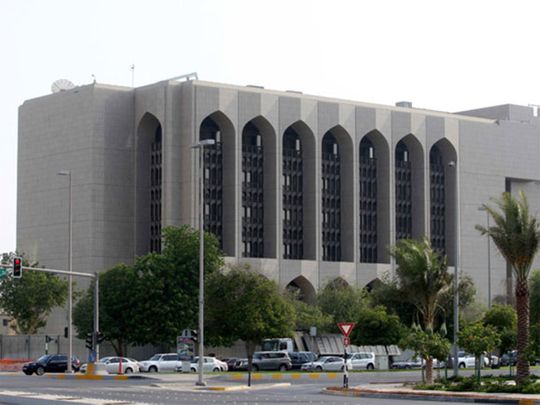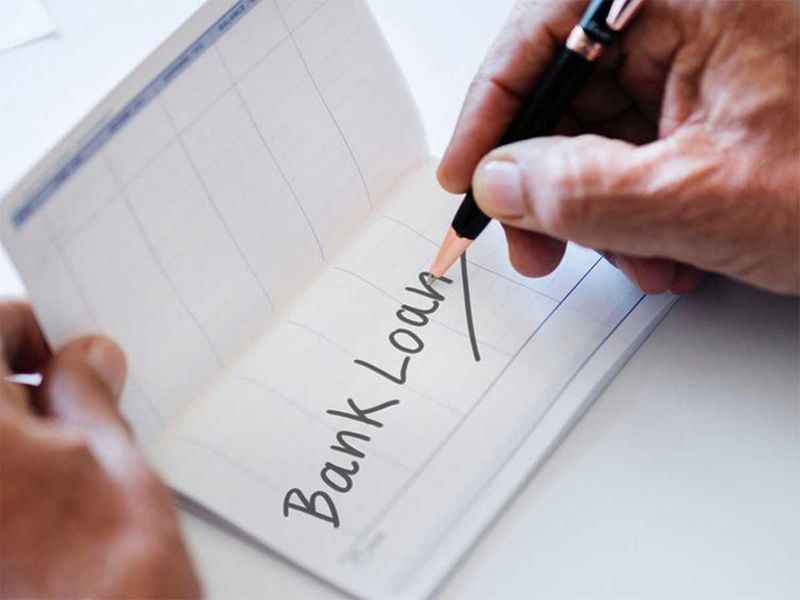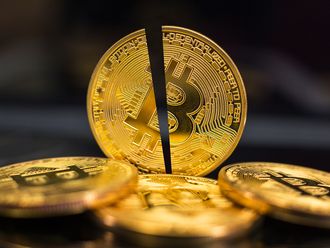
Dubai: The Central Bank of the United Arab Emirates lowered its benchmark interest rate by 50 basis points to 1.50 per cent in March this year, but how has this impacted borrowers and savers in the country? Here's a simple explanation of what this big move means for your everyday or routine finances, when it comes to either borrowing money from your banks or how it affects your money sitting idle in your accounts.
The UAE central bank move followed the US Federal Reserve's emergency decision to cut rates by the same margin in an attempt to boost the economy amid the coronavirus outbreak - the highest interest rate cut by the Federal Reserve since late 2008.
see also
- UAE: What to do if you've lost your job but don’t have any money saved up
- Fancy the high life? Here’s a list of some elite-status credit cards and their perks!
- How the pandemic has redefined your financial goals
- Credit card: Is paying minimum amount costing you more? 13 key questions to ask yourself
Cen Bank move brings relief to borrowers
However, unlike previous instances, measures have now been taken pre-emptively, based on tell-tale signs pointing at a recession. The US Fed's decade-high slashing of interest rates has provided relief to borrowers and invigorated the financial market, in the face of an economic stagnation and possible downturn.
The COVID-19 pandemic has caused a widespread public health crisis, cutting across geographical boundaries. Based on historical parallels, the health crisis will alleviate over time, but the social and economic impact could have implications that last even longer.
Policymakers and governing bodies were therefore equally apprehensive over the domino effect of the pandemic, as much as they are about the health crisis at hand. In response, leading economies have taken proactive measures to offset the imminent financial fallout.
How has this affected loan interest rates?
Since March 3, when the rate cut was announced, the 3-month EIBOR has gone down a massive 65 per cent – from approximately 1.77 per cent to 0.62 per cent.
EIBOR is an abbreviation of the ‘Emirates Interbank Offered Rate’ (EIBOR), is a daily reference rate, published by the Central Bank of the UAE, based on the averaged interest rates at which UAE banks offer to lend funds to other banks in the United Arab Emirates Dirham wholesale money market.
To put things into perspective, the three-month EIBOR forms the basis of most lending rates in the UAE – personal loans, car loans and most importantly, home loans. The three month EIBOR stands for the interest rate at which a panel of selected banks borrow funds from one another with a maturity of three months.

What did the rate cut mean for borrowers?
Borrowers have had all the reasons to celebrate. Interest rates on loan products were seen declining, given the downward trend in EIBOR. The most significant impact were on mortgages. Lower rates made home finance more affordable for potential homeowners, easing the interest burden on existing borrowers.
For existing borrowers, converting from a fixed-rate interest structure on to a variable rate one would make obvious sense. It would allow them to cut mortgage costs in a falling interest rate environment. Interestingly, a low interest rate scenario would make mortgage refinance more popular too. Refinancing your existing home loan means replacing your current loan with a new one, in order to take advantage of lower interest rates.
This can help you in making your mortgage instalments smaller and giving you added liquidity, reducing your mortgage term and bringing you closer to 100 per cent home ownership and allowing you to tap into your equity in the property, if you need the extra cash for other purposes.
Real estate implications of rate cuts
With a special emphasis on real estate lending, the UAE Central Bank had advised banks earlier this year to raise the loan-to-value ratio by an additional 5 per cent point for first-time buyers.
For UAE expats, the maximum loan-to-value ratio stood at 80 per cent, on properties worth less than Dh5 million. The corresponding ratio for properties worth Dh5 million and above stands at 65 per cent.
Although the off-plan properties tend to have more stringent loan-to-value, the additional 5 per cent may have boosted the home-buying aspirations of first-time buyers, who were previously unable to meet the down payment requirements, but data reveal that the pandemic put on hold several home-buyers’ plans.
Within the context of Dubai, property affordability reached a decade high in 2019 and sustained the momentum until the incidence of COVID-19. Although the transaction volume has declined significantly at the moment, experts opine that the industry is likely to witness a buying spree, once the public health crisis subsides.
read also
- UAE: Ins and Outs of closing your current account and opening a new one
- Save money grocery shopping in Dubai: Best days of the week to buy poultry, meat, seafood, fruits and vegetables!
- UAE: Save for retirement or pay off the mortgage - how to choose?
- UAE: Can ‘Credit Shield’ rid your credit card dues after a job loss?
What did the rate cut mean for savers?
While lower rates brought respite for borrowers, they also translated into lower returns for savers. Savings and deposit accounts had just started to offer better returns in the last two years in the UAE.
In fact, previously increasing interest rates brought in some very interesting high-yield savings and deposit account options for savers to choose from. With the rate cuts passed on to savers, lower rates dulled the shine on these products. However, one needn’t have to worry about inflation taking a bite out of their savings as in the UAE, inflation was already in negative territory before 2020, and moreover it has been slowing sharply in recent months.
Consumer prices in the UAE decreased 2.14 per cent year-on-year in July of 2020, following a 2.36 per cent fall in the prior month and marking the nineteenth straight month of deflation, with economists saying that this reduction on the general level of prices in the economy will likely persist due to the impact on domestic demand from coronavirus.

Deflation is good news for savers, who get richer just by hanging on to their cash. And it is beneficial for consumers, who get cheaper prices. It is usually good for workers as well, as they can generally hold the value of their wages, even while prices fall. There is no real threat from deflation.
The coronavirus crisis has caused domestic demand to slump and deflation is likely to persist, James Swanston, Middle East economist at Capital Economics, earlier noted, while adding that deflation should not be a major problem as UAE relies on dollar-denominated oil receipts, which will not fall as domestic prices do.
Deflation is driven by an easing in the real estate sector as property prices in the UAE have been falling since 2016, and these could dip further due to low demand and more supply.








